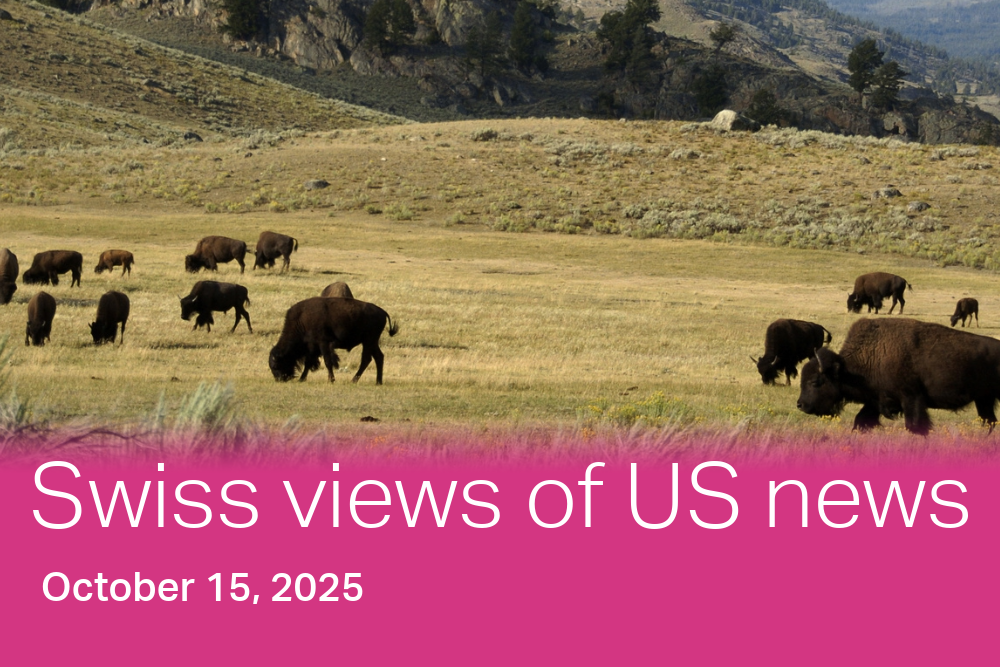
Bird’s eye perspective brings stork to life
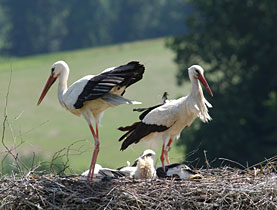
Switzerland's most famous stork, named Max, has been immortalised in a new book to mark the bird's tenth birthday this year.
Avid ornithologists have been able to track Max – actually a female – since she was fitted with a transmitter as a chick. And now children’s writer Katja Alves has given her a near human personality with an “autobiographical” story.
The book, A Stork named Max – Life is no Frog Buffet, charts the birth, travels, loves and trials of the migratory bird’s life. And with true theatrical timing, she is expecting her latest clutch of eggs to hatch just as the book hits the shelves.
Max was born in Avenches, canton Vaud, and was named after Swiss conservationist Max Bloesch who dedicated much of his life to bringing storks back to Switzerland from the 1950s when numbers were fast dwindling.
Katja Alves studied video footage and scientific data of Max before writing her book from the point of view of the bird.
Little Diva
“I followed the facts of Max’s life but I delved into my imagination to give her thoughts and a soul,” Alves told swissinfo. “She has a lovely, cheeky personality in real life and is very image conscious.”
“For instance, of all the nests she could choose as her home [in the German town of Affenberg just over the border from Switzerland] she opted for the one with a surveillance camera. She is a real little Diva.”
Max’s autobiography gives a bird’s eye perspective on growing up in the nest, making her first flight, learning to navigate (not without some wrong turns) and raising her own family.
Alves also attached personalities to Max’s three early mating partners and wrote an account of each romance as it blossomed and then fell by the wayside.
Hopeless lovers
“She called the first partner Stupid Stork because he was a real poser. She made a smart choice next and went for a younger bird only to dump him when he did not come up to scratch,” Alves said.
“The third partner was the best of all, a really nice, decent stork.”
As she embarked on the story of Max, Alves hoped that her writer’s jinx would not come back to haunt her latest subject. She once wrote a book based on a real lion in a zoo, but the animal died as the book was released.
“I was really nervous because Max has to endure such a dangerous journey migrating to Africa and back,” she said. “I was very relieved when she flew back safe and sound.”
“I really started to like her – so much so that I even thought about eating frogs myself!”
Conservation worked
Switzerland’s stork population has stabilised in the past few decades thanks to the work of Max Bloesch. Development of the birds’ natural habitats had reduced numbers to 140 pairs by 1900 and to extinction in 1950.
Bloesch brought storks to Switzerland from Algeria in 1955 and the first wild pair were seen nesting again in Switzerland in 1960. Last year there were 170 mating pairs still in the country.
Max was one of 26 storks fitted with an electronic device by researchers at the natural history museum in Fribourg as part of its tracking programme. Her fortunes can be followed online at the museum’s website.
swissinfo, Matthew Allen
Storks are large wading birds that feed on frogs, insects, small rodents and lizards. They breed in open rural areas close to wetlands and build stick nests in trees or tall buildings.
They can grow to over a metre in body length with a maximum wingspan of around two metres and a weight of up to 4.5 kilograms.
Storks breed mainly in the warmer climes of Europe and migrate to Africa each winter, undertaking an arduous trip.
Their numbers are highest in central and eastern Europe. In Switzerland, they concentrate north of the Alps, many near to German border.
Storks are associated with bringing babies to new parents while other myths say they bring good luck to buildings on which they nest. The stork is the national bird of Lithuania.

In compliance with the JTI standards
More: SWI swissinfo.ch certified by the Journalism Trust Initiative






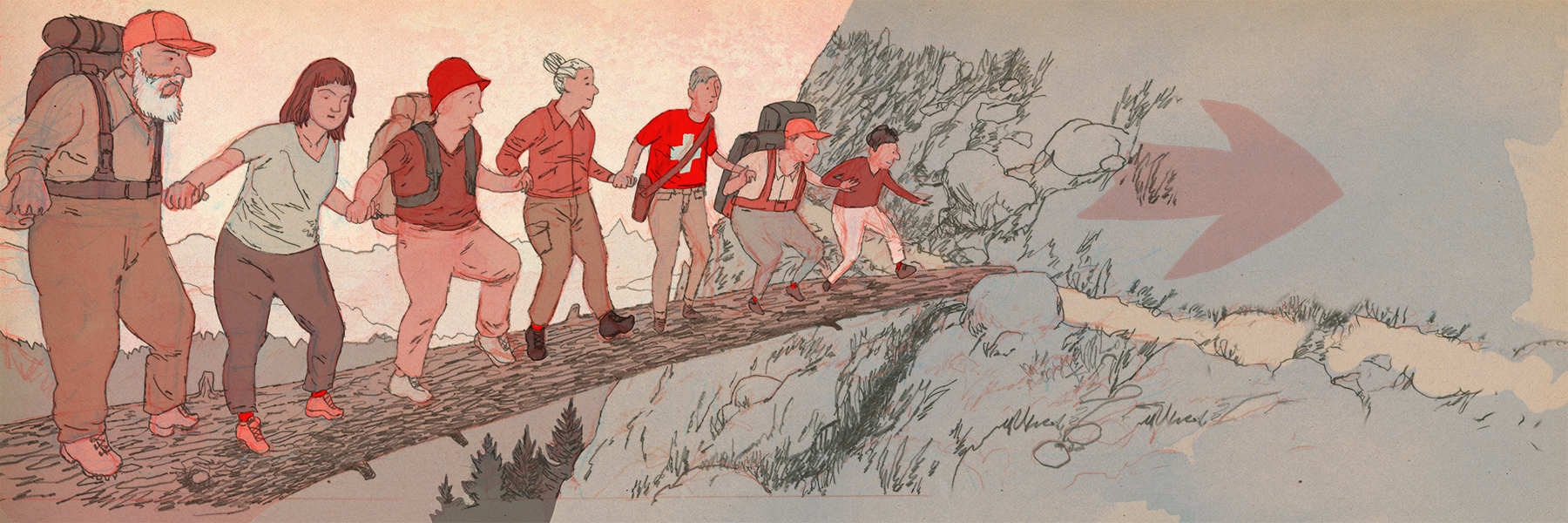






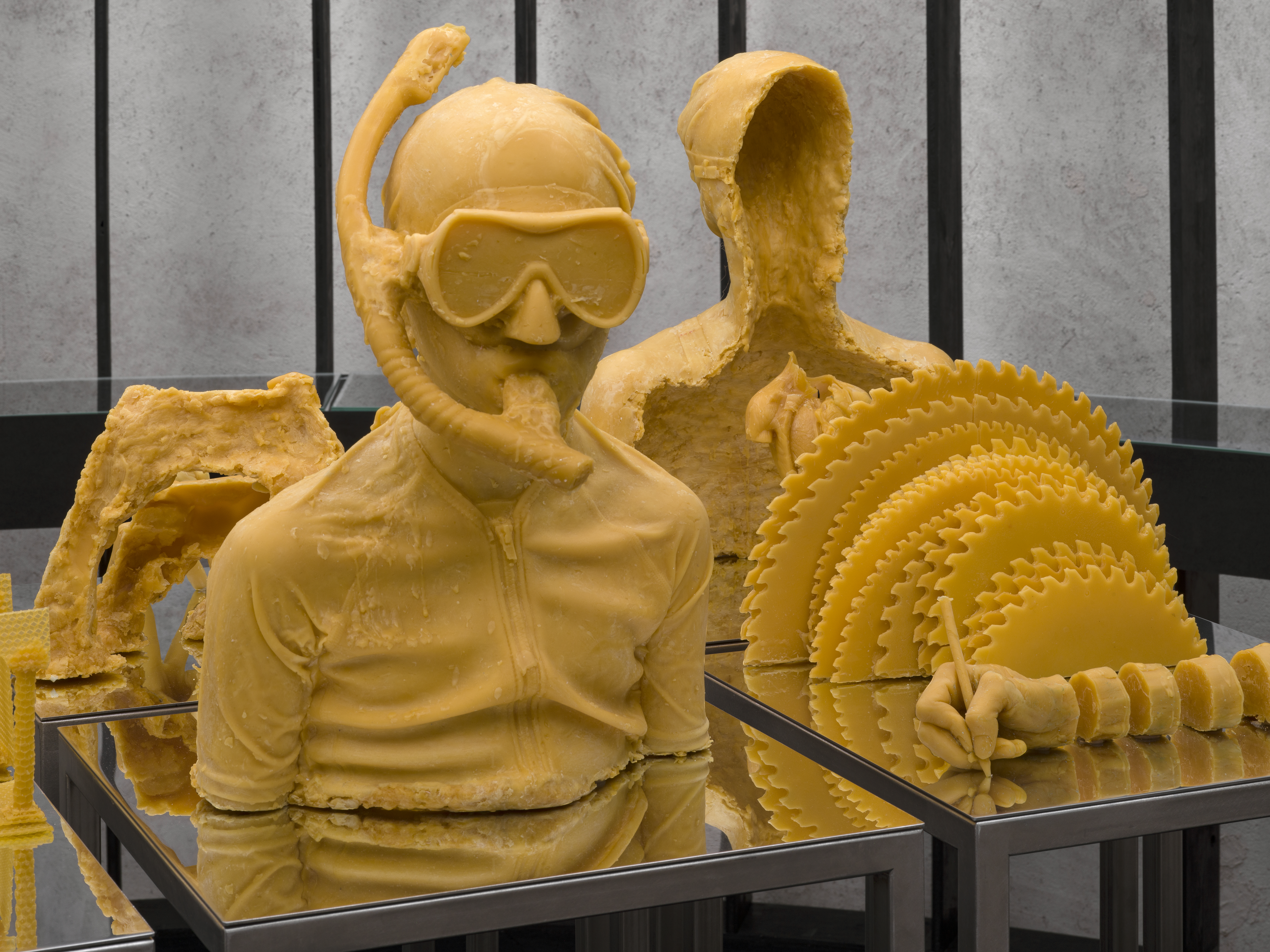
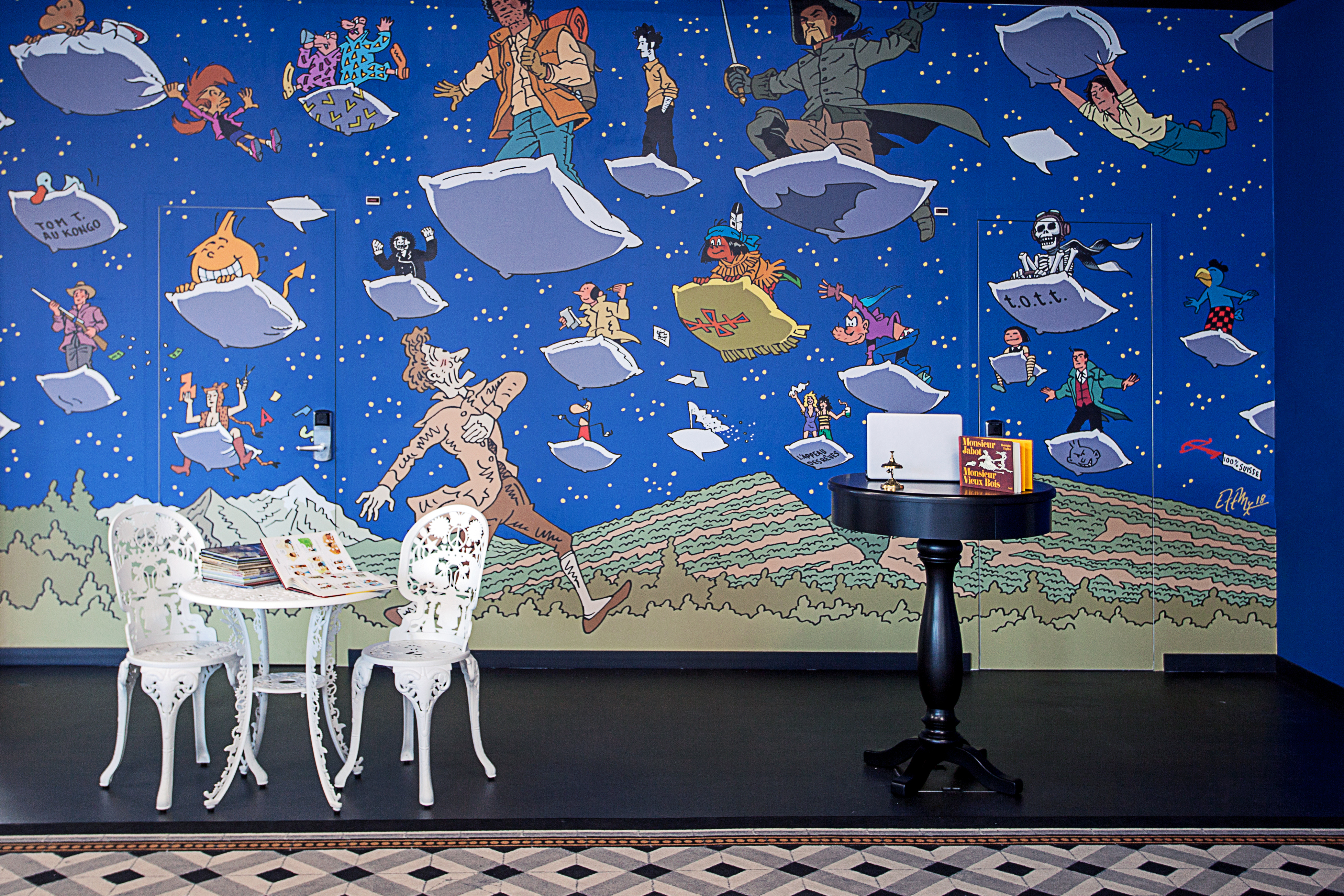













You can find an overview of ongoing debates with our journalists here . Please join us!
If you want to start a conversation about a topic raised in this article or want to report factual errors, email us at english@swissinfo.ch.